Dy/dx = x y, on the region 3 ≤ x ≤ 6, and 6 ≤ y ≤ 3 Don't cheat!PROBLEM 1 Find the length of the graph for $ y = 3x2 $ on the closed interval $ 1 \le x \le 2 $ Click HERE to see a detailed solution to problem 1 PROBLEM 2 Find the length of the graph for $ y = x^{3/2} $ on the closed interval $ 0 \le x \le 4 $ Click HERE to see a detailed solution to problem 2To see this consider the example of the function y = x4 A graph of this function is shown in Figure 3 There is clearly a minimum point when x = 0 But dy dx = 4x3 and this is clearly zero when x = 0 Differentiating again d2y dx2 = 12x2 which is also zero when x = 0 O Figure 3 The function y = x4 has a minimum at the origin where x = 0
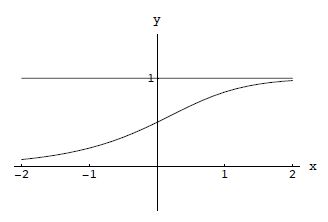
Consider The Autonomous First Order Differential Equation Math Dy Dx Y Y 3 Math And The Initial Condition Math Y 0 Y 0 Math By Hand Sketch The Graph Of A Typical Solution Math Y X Math When Math Y 0 Math Has The
Dy/dx=y/x graph
Dy/dx=y/x graph-The solution curves are hiding in the slope field Given one point of the particular solution curve, you can sketch the graph from that point, in both directions, to see the graph of the solution The initial value problem 342 dy x dx with y = – 1 when x = 0 is shown Notice howYes, as it is in the form dy dx P (x)y = Q (x) where P (x) = − 1 x and Q (x) = 1 So let's follow the steps Step 1 Substitute y = uv, and dy dx = u dv dx v du dx So this dy dx − y x = 1 Becomes this u dv dx v du dx − uv x = 1 Step 2 Factor the parts involving v Factor v u dv dx v ( du dx − u x



How To Solve The Equation Dy Dx 1 X Y X Y Quora
1 dy/dx = x The applet shows the slope field for dy/dx = x We know that the general solution to this differential equation is y = ½x² C and one of this family is shown in magenta You can clickdrag the magenta point to move the solution to other members of the family The gray line segments in the background of the graph represent the slope fieldDy x dx y x dy e dx (2 ) dy yy dx What Do Slope Fields Show You?Free math problem solver answers your algebra, geometry, trigonometry, calculus, and statistics homework questions with stepbystep explanations, just like a math tutor
The slopes at several points on the graph are shown below the graph y x dy dx 2x 3y2 2y 5 dy dx 3y2 2y 5 dy dx 3y2 2y 5 2x dy dx 3y2 dy dx 2y dy dx 5 dy dx 2x dy dx 3 y2 dy dx 2y dy dx 5 dy dx 2x 0 d dx y3 d dx y2 d dx 5y d dx x2 d dx 4 d dx y3 y2 5y x2 d dx 4 x dy dx y3 y2 5y x2 4 dy dx x y 25 Implicit Differentiation 141Geometry of 2x2 Matrix Multiplication with Intro QuestionsExample 4 The graph of $$8x^3e^{y^2} = 3$$ is shown below Find $$\displaystyle \frac{dy}{dx}$$ Step 1 Notice that the lefthand side is a product, so we will need to use the the product ruleIdentify the factors that make up the lefthand side
Here I introduce differentiation, dy/dx as used in calculus See the playlist on differentiation at https//wwwyoutubecom/playlist?list=PL5pdglZEO3NjDXt9xD/dx x^2 y^4, d/dy x^2 y^4 Extended Keyboard; So dy/dx literally means how the variable y changes as x changes Imagine a graph, draw the line y = 1 It doesn't matter what value of x you look at, y = 1 It x changes, decreases or increaes, y will always be 1 won't it So dy/dx = 0 because no matter how x changes, y



1



Faculty Math Illinois Edu Tyson Existence Pdf
Compute the Area of the Surface of Revolution formed by revolving this graph about the y axis Solution First solve the equation for x getting x = y 1 / 2 Here is a carefully labeled sketch of the graph with a radius r marked together with y on the yThe graph of dy/dx a) Find the explicit expression for the original function y=f(x) on the interval 2 € (3,1) b) f(3) A/ c)f(1) = A d) Sketch the graph of the function y=f(x) Clearly label and scale the axes Previous question Next question Get more help from Chegg How do you solve the differential equation #(dy)/dx=e^(yx)sec(y)(1x^2)#, where #y(0)=0# ?



Http Mathquest Carroll Edu Libraries Deq Student Edition Pdf
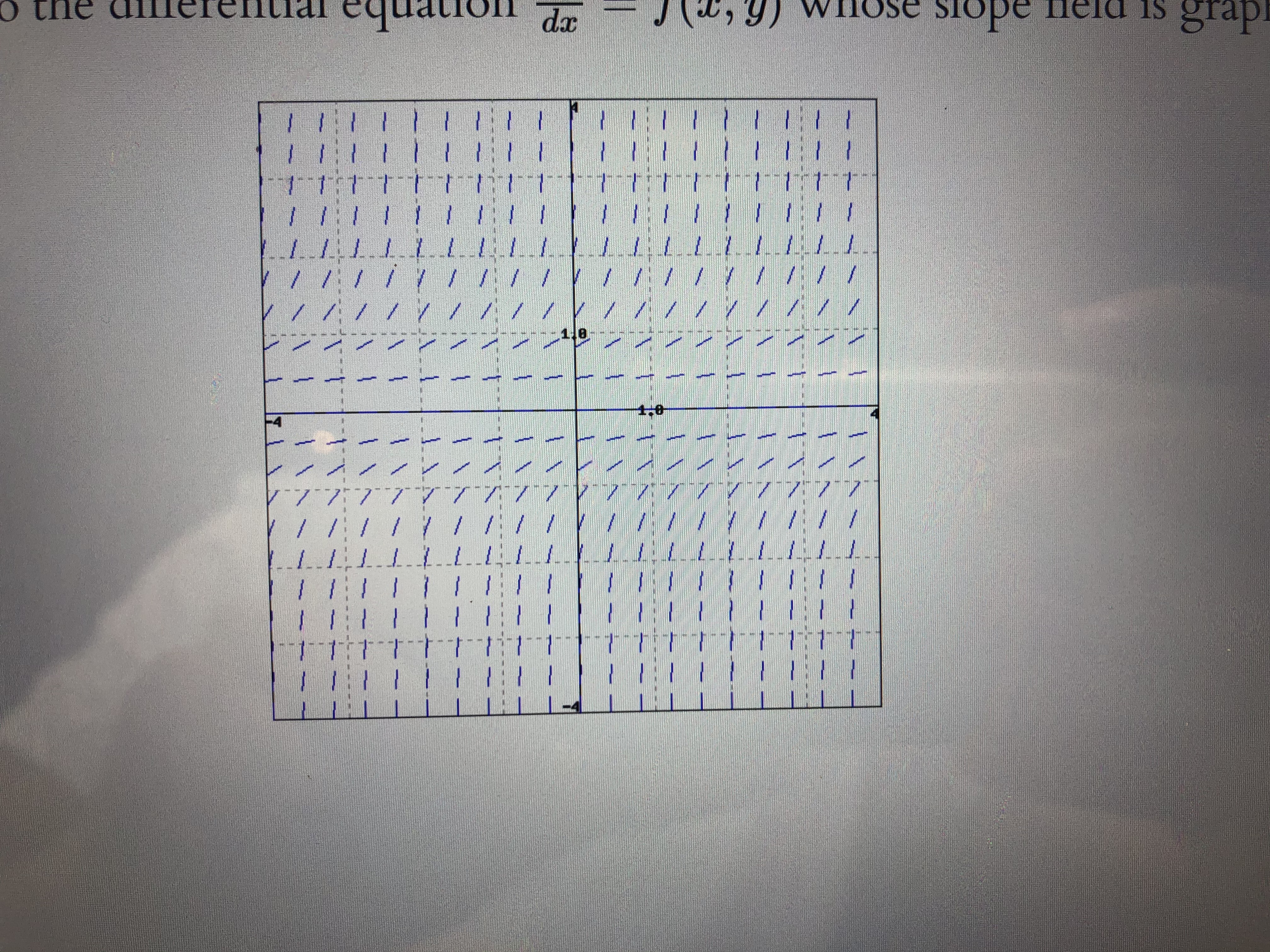



Answered Which Of The Following Are Solutions To Bartleby
Taking dx/dx of a function is not a thing as that simply equals 1 You always take the derivative with respect to x of both sides in an implicit relation Then you use the chain rule to simplify After that, you bring all the dy/dx terms to one side and the other terms to the other side and then simply solve for dy/dxAssuming that you did the exercise correctly, you should have produced a picture that was simply a larger version of the following Slope Field for dy/dxHere are some brief observations from the graph above Original function y = 05x² – x – 15 Derived function dy/dx = x – 1 For 'x' values less than x=1, the original function (blue) is decreasing left to right, so all tangent lines will have a negative gradient



1



Slope Fields With Mathematica Exercise C 2
y = x 1 C/e^x dy/dx=xy not separable, not exact, so set it up for an integrating factor dy/dx y =x the IF is e^(int dx) = e^x so e^x dy/dx e^x y =xe^x or d/dx (e^x y) =xe^x so e^x y = int xe^x \\ dx qquad triangle for the integration, we use IBP int u v' = uv int u' v u = x, u' = 1 v' = e^x, v = e^x implies x e^x int e^x \\ dx = x e^x e^x C so going back to triangle e^x y = xThe way of solving such differential equations is pretty straightforward (d2y)/ (dx2)5 (dy/dx)6y=0 One solution was found y = 0 Step by step solution Step 1 y Simplify — d Equation at the end of step 1 ( (d2)•y) y (———————— (5• ( (d•—)•x)))6y =The function of the first degree y = mx always represents a line passing through the origin of the axes m is called angular coefficient If m > 0 the function is increasing if m < 0 the function is decreasing if m = 0, the line coincides with the axis of X > y = 0




Dy Dx Y Graph Novocom Top



Slope Fields With Mathematica Exercise C 4
Step 3 Calculate the "y" coordinates by filling the "x" coordinates in to the function Step 4 Calculate "dx" and "dy" with subtraction Step 5 Divide "dy" by "dx" 6 Summary To find the derivative of a function, you have to divide the change in "y" (dy) by the change in "x" (dx)Explain the strategies Martin Luther King Jr uses to develop his ideas in The equation y = xc tells you nothing because c can take any value It is literally as useful as saying 0 = 0 It doesn't make any sense to manipulate dy/dx = y/x in the first place if you understand what that equation actually means, and this tutorial does not explain that to the reader




Bernoulli Differential Equation X Dy Dx Y 1 Y 2 Youtube




Slope Fields Geogebra
This plots a slope field for the differential equation dy/dx = F(x,y) between the xvalues X_1, X_2 and the yvalues Y_1, Y_2 N determines the number ofUse the graph of the equation y = f'(x) in the accompanying figure to find the signs of dy/dx and d2y/dx2 at the points A, B, and C Solved Calculus one year ago 1 Answer Anonymous(s) PostDy dx The following example will show how this is achieved Example Suppose we wish to find dy dx when x = cost and y = sint We differentiate both x and y with respect to the parameter, t dx dt = −sint dy dt = cost From the chain rule we know that dy dt = dy dx dx dt so that, by rearrangement dy dx = dy dt dx dt provided dx dt is not equal to 0 So, in this case dy dx = dy dt dx dt =



Search Q Dy Dx 3d Y X Graph Tbm Isch



Www Math Purdue Edu Pvankoug Math266 Week 4 Solutions Pdf
Compute answers using Wolfram's breakthrough technology & knowledgebase, relied on by millions of students & professionals For math, science, nutritionIt is, in fact, the positive section of y = 1/ x References editIt is shifted right;




How Do You Draw The Slope Field Of The Differential Equation Dy Dx X 4 3 Y Socratic



Drawing Vector Field Plots Has Never Been So Easy X Engineer Org
At which point on the graph are dy/dx and d 2 y/dx 2 both negative?Dy/dx = 1 xy New Resources planet moving;Show Solution Follow the steps in the problemsolving strategy d d x ( x 2 y 2) = d d x ( 25) Step 1 Differentiate both sides of the equation d d x ( x 2) d d x ( y 2) = 0 Step 11 Use the sum rule on the left On the right, d d x ( 25) = 0 2 x 2 y d y d x = 0 Step 12



Http Mathquest Carroll Edu Libraries Deq Student Edition Pdf




Solve The Differential Equation Dy Dx Y X Youtube
(This question was taken from an AP Test) Solution dy/dx < 0 where the function is decreasing d 2 y/dx 2 < 0 where the graph is concave down The graph is decreasing and concave down at point BFirst dy/dx = (y/x 1)/(y/x 1) Taking y = vx dy/dx = v xdv/dx Therefore, dx/x = (v 1)dv / (v^2 1) Integrating we get log (1/x) logc = arctan (y/x) 1/2 log Let's simplify it How to show that \frac{dy}{dx}=\frac{dy}{d(xc)}? The equation = produces a graph where the curve and line intersect at (1, 1) The curve becomes asymptotic to 0, as opposed to 1;



Www Math Purdue Edu Pvankoug Math266 Week 4 Solutions Pdf



The Phase Line And The Graph Of The Vector Field
Dy Dx 0 Graph, Solve the differential equation dy/dx = (2y x) / (2x y, Victoria's Differential Equations Page, Horizontal tangent to implicit curve AP Calculus AB, Graphing How to graph by hand AP Physics 1 OnlineSlope Field for dy/dx = x y At first glance it may seem that the field marks once again have matching slopes along vertical lines, but look more closely This impression is simply a result of the graph's y axis symmetryIn this video you are introduced to the gradient function dy/dx, its meaning and what it is used for Differentiation from first principles In this video you are introduced to differentiation from first principles as the limit of the gradient of a chord




Solved Consider The Differential Equation Dy Dx 2x Y On The Axes Transtutors




Differential Dy Notation And Intuition Expii
Thus, we have obtained the following linear equation with respect to the derivative $$$ 3 x^{2} 3 y^{2} \frac{dy}{dx} = 2 x \frac{dy}{dx} 2 y $$$ Solving it, we obtain that $$$ \frac{dy}{dx} = \frac{3 x^{2} 2 y}{2 x 3 y^{2}} $$$ Given that dy/dx = 9y²– 4 and that y = 1 when x = 2 How does the graph of this function compare with the graph of the parent function, y=1/x?Here we look at doing the same thing but using the "dy/dx" notation (also called Leibniz's notation) instead of limits We start by calling the function "y" y = f (x) 1 Add Δx When x increases by Δx, then y increases by Δy y Δy = f (x Δx) 2 Subtract the Two Formulas
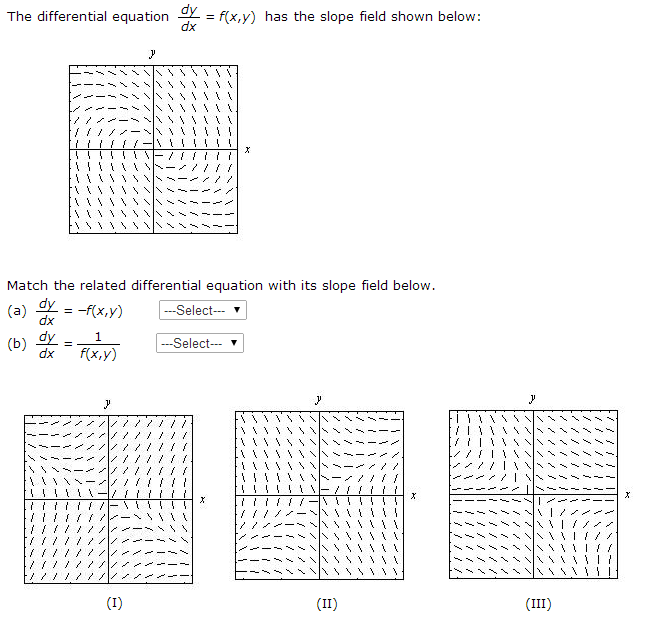



The Differential Equation Dy Dx F X Y Has The Chegg Com




A Solution Of Dy Dx X Y Download Scientific Diagram
If you didn't do the exercise in Mathematica before you came here to see the discussion, go back and do it now!Suppose a dependent variable y represents a function f of an independent variable x, that is, = () Then the derivative of the function f, in Leibniz's notation for differentiation, can be written as (())The Leibniz expression, also, at times, written dy/dx, is one of several notations used for derivatives and derived functionsA common alternative is Lagrange's notationImplicit\derivative\\frac {dx} {dy},\x^3y^3=4 implicit\derivative\\frac {dy} {dx},\y=\sin (3x4y) implicit\derivative\e^ {xy}=e^ {4x}e^ {5y} implicit\derivative\\frac {dx} {dy},\e^ {xy}=e^ {4x}e^ {5y} implicitderivativecalculator en Sign In Sign in with Office365 Sign in with Facebook




Hw 6 2 1 Pdf Back Giventheequation Xy 5 Dy Find Dx Next 8 Of 12 Correct You Said A Dy Dx Y X The Correct Answer Is A Dy Dx Y X Explanation Xy Course Hero
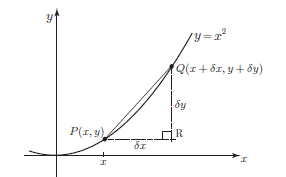



Differentiation From First Principles A Level Revision
Point Q is chosen to be close to P on the curve The x coordinate of Q is x dx where dx is the symbol we use for a small change, or small increment in x The corresponding change in y is written as dy So the coordinates of Q are (x dx, y dy) Because we are considering the graph of y = x 2, we know that y dy = (x dx) 2Separable\y'=\frac {xy^3} {\sqrt {1x^2}} separable\y'=\frac {xy^3} {\sqrt {1x^2}},\y (0)=1 separable\y'=\frac {3x^24x4} {2y4},\y (1)=3 separabledifferentialequationcalculator x\frac {dy} {dx}=y^ {2} en Sign In Sign in with Office365 Sign in with FacebookLet y = f(x) be the solution to the differential equation dy/dx=yx The point (5,1) is on the graph of the solution to this differential equation What is the approximation of f(6) if Euler's Method is used given ∆x = 05?




The Slope Field For The Equation Y X Y Is Shown Above On A Print Out Of This Slope Field Sketch The Solutions That Homeworklib



Http Howellkb Uah Edu Public Html Detext Part2 Separable Pdf
I will just put K equal 1 here and y equals x 3 2x K and put it down here So I am finished This is the answer This is the function y = x 3 2x 1 Its derivative is 3x 2 2 And it passes through the point (1,4) And now for the graph of the function, We can see that it passes through (1,4) We were given the `dy/dx` expression and we have found the "y = " expression and we can graphCompute answers using Wolfram's breakthrough technology & knowledgebase, relied on by millions of students & professionals For math, science, nutrition, historyFind dy/dx xe^y=xy xey = x − y x e y = x y Differentiate both sides of the equation d dx (xey) = d dx (x−y) d d x ( x e y) = d d x ( x y) Differentiate the left side of




Initial Value Problem Dy Dx Y 1 X 3 With Y 1 0 Separable Differential Equation Youtube



Matlab Demo On 7 7 7 8 Differential Equations
Or If you look at the graph of this implicit equation you will notice that cannot be expressed as a single function of but it turns out that it can be split into two parts (and these two functions areIf y = some function of x (in other words if y is equal to an expression containing numbers and x's), then the derivative of y (with respect to x) is written dy/dx, pronounced "dee y by dee x" Differentiating x to the power of something 1) If y = x n, dy/dx = nx n1 2) If y = kx n, dy/dx = nkx n1 (where k is a constant in other words a Calculus questions and answers dy (1 point) Solve = (y 1) (y 1) if the solution passes through the point (x, y) = (40) Graph the solution dx y (x) = help (formulas) Question dy (1 point) Solve = (y 1) (y 1) if the solution passes through the point (x, y) = (40) Graph the solution dx y (x) = help (formulas)
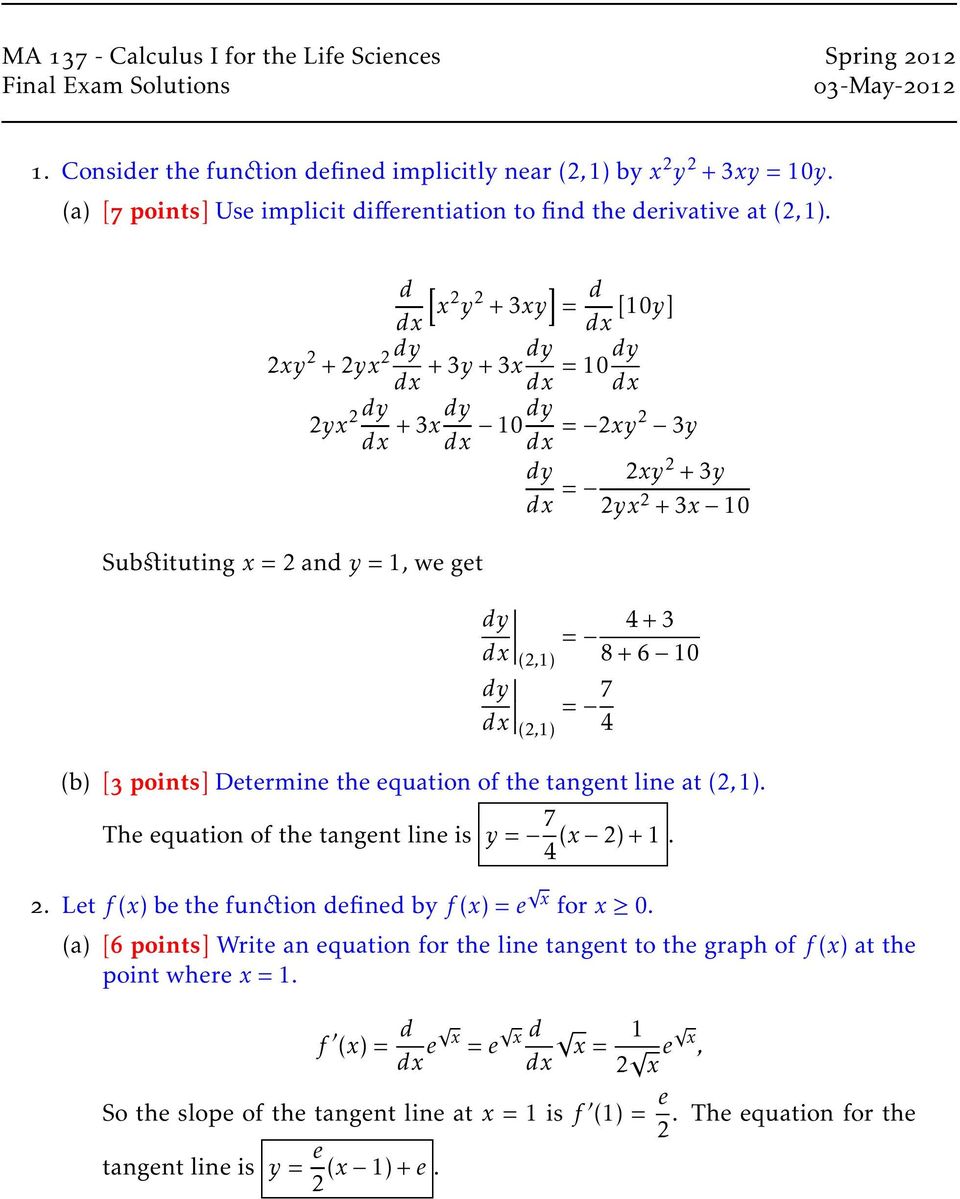



X 2 Y 2 3xy D Dx Dx 10y Dy Dx 2xy2 3y Pdf Free Download




Geometrical Meaning Of Dx Dy And Dy Dx Mathematics Stack Exchange



Www3 Nd Edu Apilking Math Lectures 14 linear approx Pdf




Interpreting Slope Fields Ap Calculus Exam Review Magoosh Blog High School



Http Www Disconzi Net Teaching Mat2300 Fall 16 Extras Practice Test 2 Solutions Pdf




If Y X Is Solution Of Differential Equation Satisfying Dy D
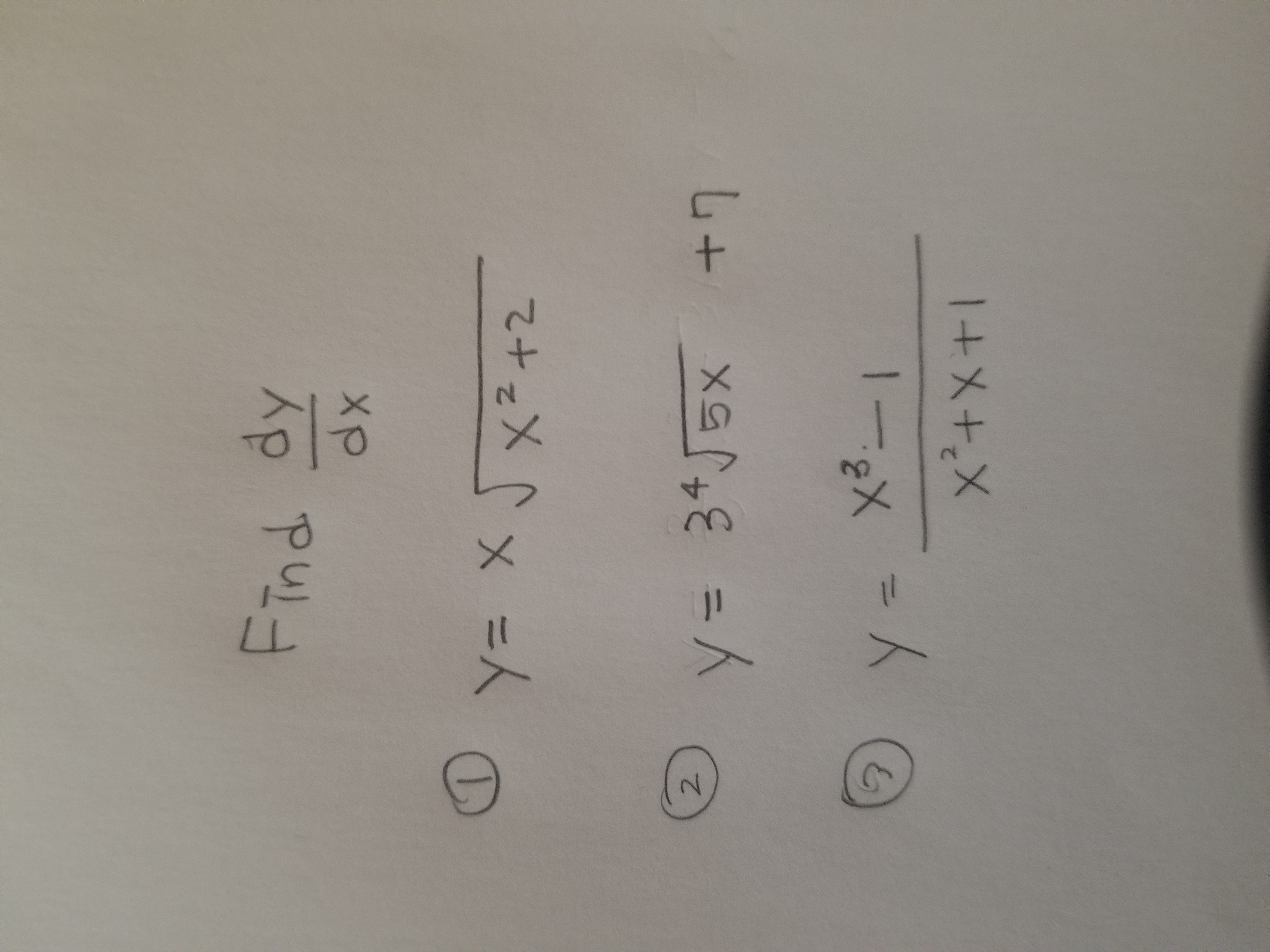



Answered Find Dy Dx Y X Y3 X J X 2 Bartleby
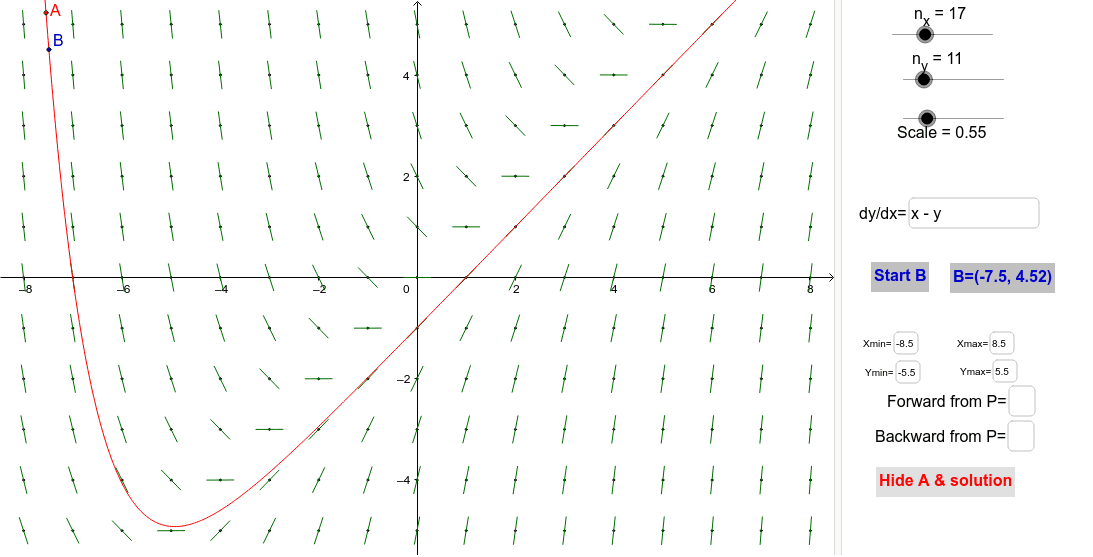



Slope Fields Geogebra
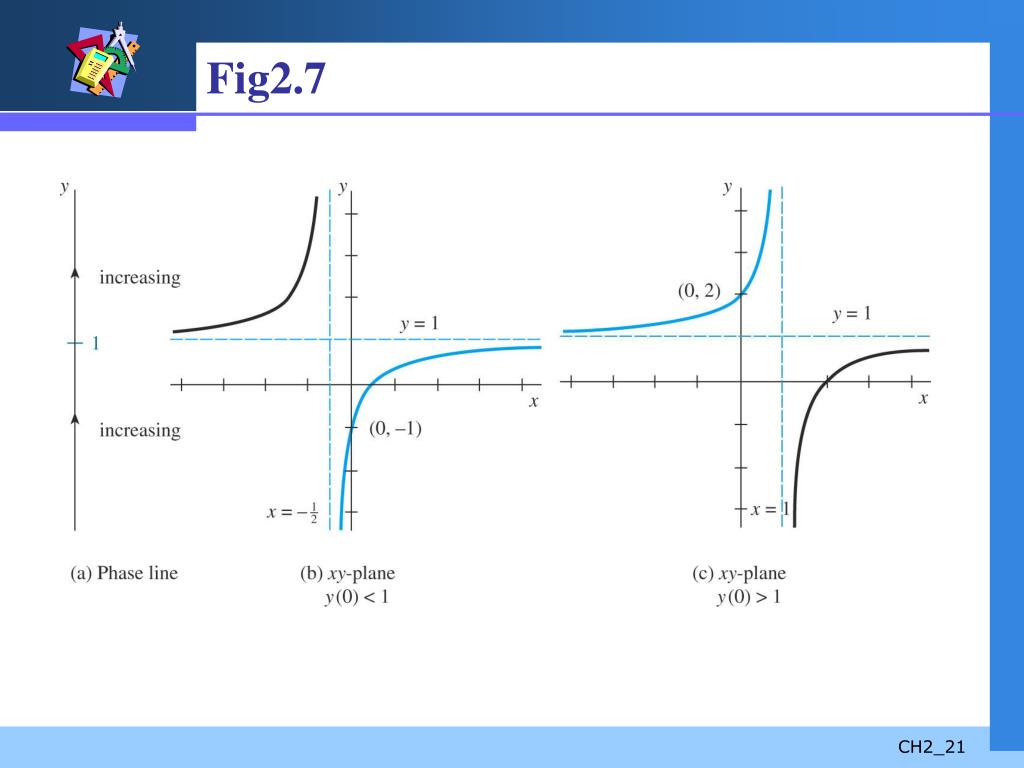



Ppt First Order Differential Equations Powerpoint Presentation Free Download Id




Research Sampler 7 Learning And Teaching Ordinary Differential Equations Mathematical Association Of America
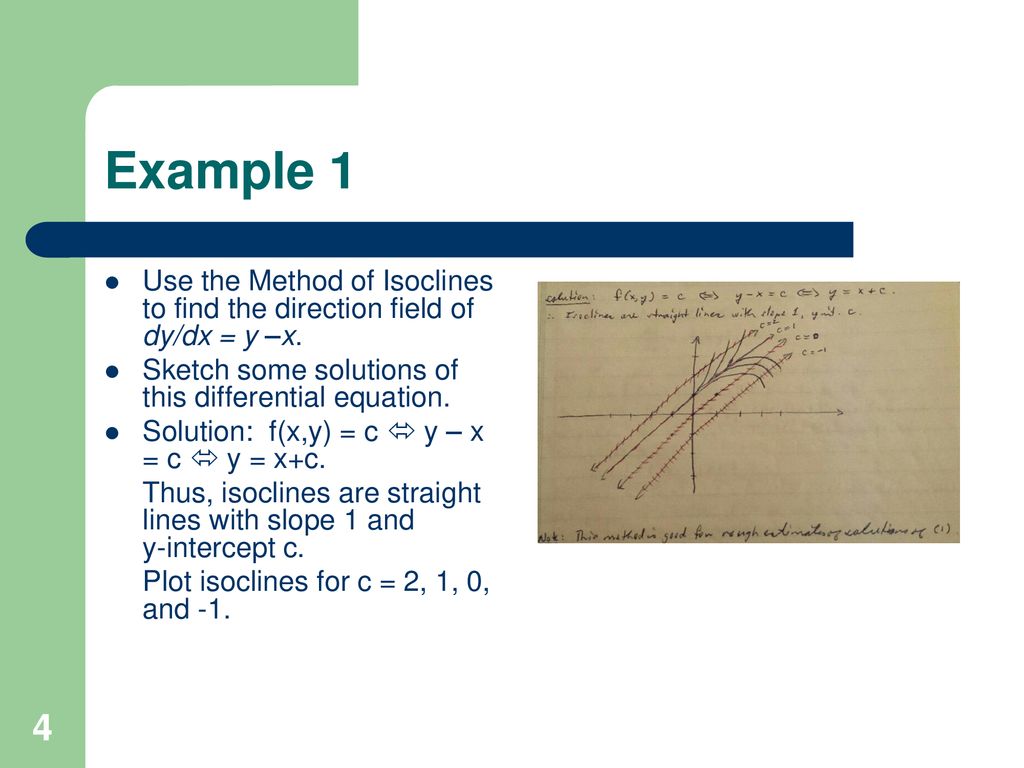



Isoclines And Direction Fields Existence And Uniqueness Ppt Download



Slope Fields With Mathematica Exercise C 4




Bernoulli Differential Equation Dy Dx Y Xy 7 1 Differential Equations Math Videos Math Equation




X Dy Dx Y X 3 Given That Y 1 When X 2




A Solution Of Dy Dx X Y Download Scientific Diagram



Drawing Vector Field Plots Has Never Been So Easy X Engineer Org
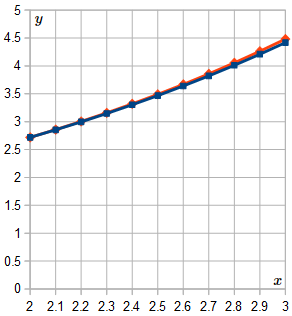



11 Euler S Method A Numerical Solution For Differential Equations




Solve This Differential Equation Biggr Frac Dy Dx 1 Bigg Bigg Y X Frac Dy Dx Bigg Frac Dy Dx Newbedev




Calculus Slope Fields Math Open Reference



Http Www Personal Psu Edu Sxt104 Class Math251 Notes 1st order ode pt2 Pdf
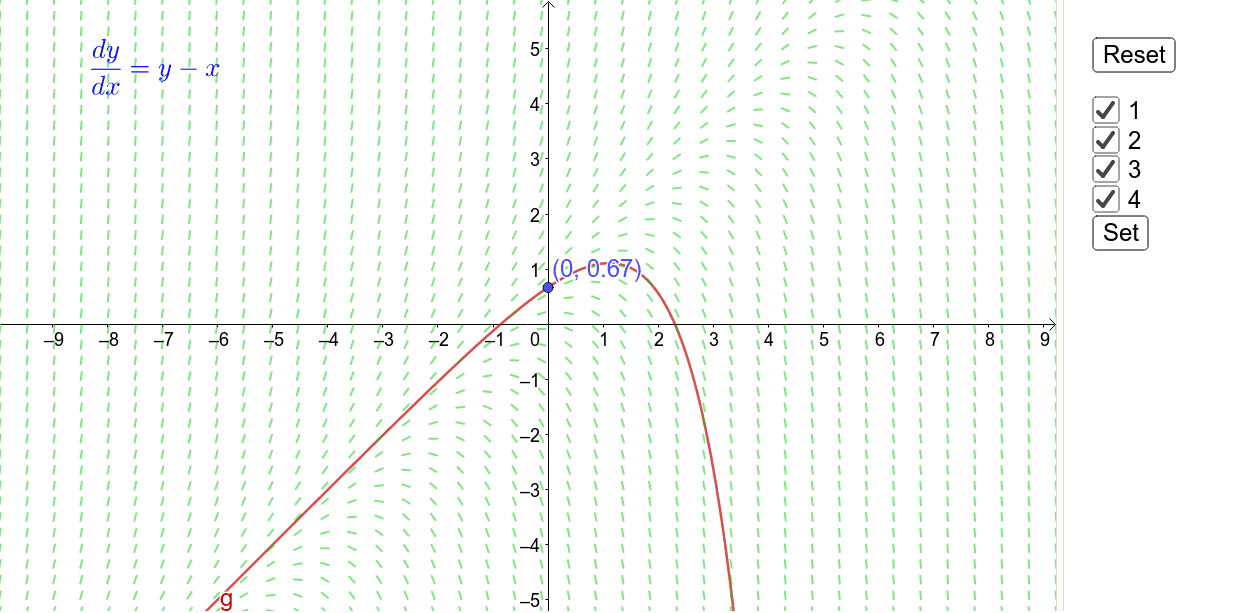



Dy Dx Y X Geogebra




Consider The Autonomous First Order Differential Equation Math Dy Dx Y Y 3 Math And The Initial Condition Math Y 0 Y 0 Math By Hand Sketch The Graph Of A Typical Solution Math Y X Math When Math Y 0 Math Has The




Find A Derivative With Step By Step Math Problem Solver




How To Plot Dy Dx And Y Together For A Differential Equation Mathematica Stack Exchange
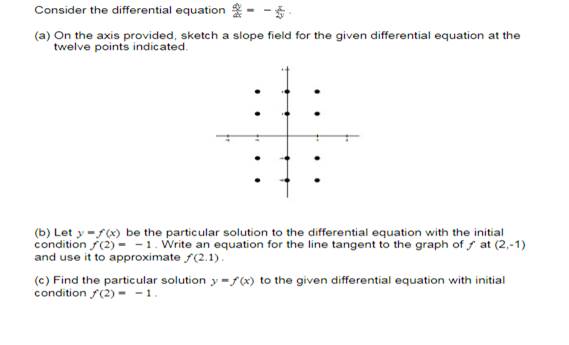



Solved Consider The Differential Equation Dy Dx X 2y Let Y F X Be The 1 Answer Transtutors




Solving The Homogeneous Differential Equation Dy Dx Y X Y X Youtube



Determine The First Derivative Dy Dx Y F X X 3 3x 2 Math Homework Answers




हल Dy Dx Y X 1 Xy 1 3
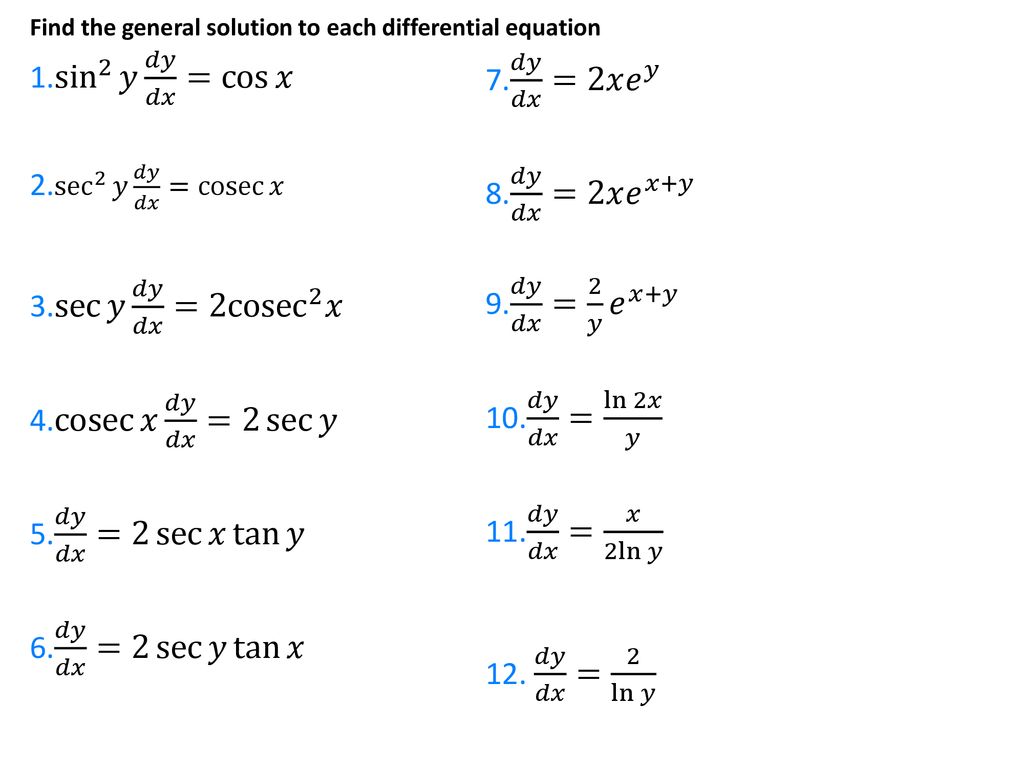



Differential Equations Separation Of Variables Ppt Download
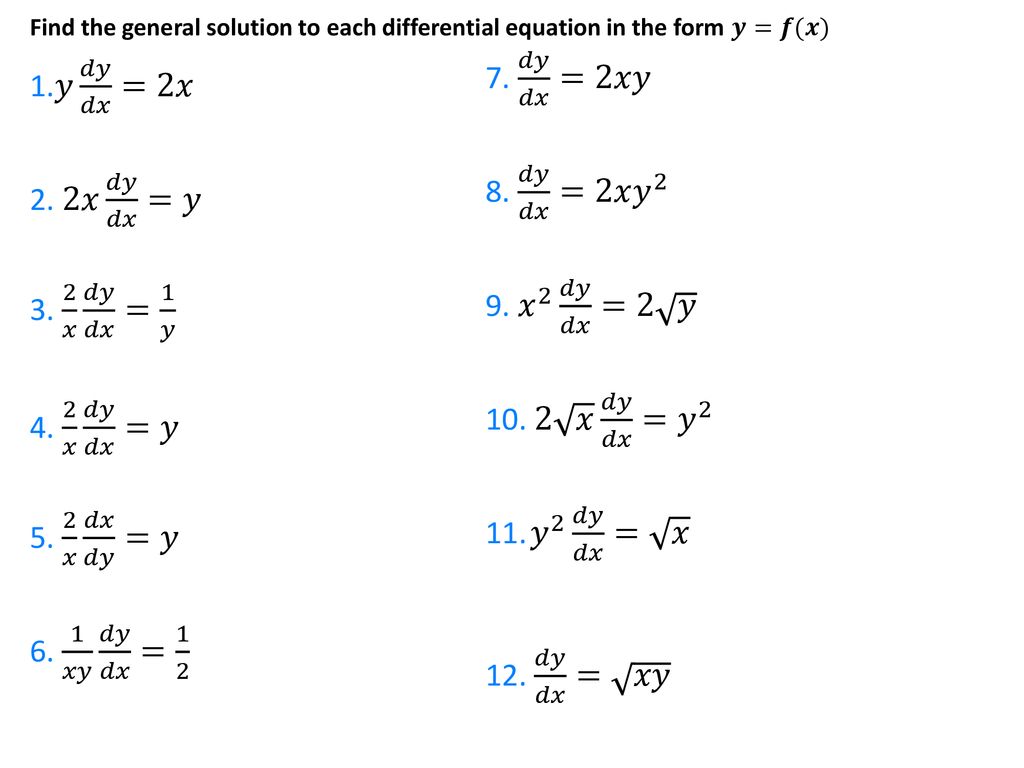



Differential Equations Separation Of Variables Ppt Download



4 2 Implicit Differentiation



Www Math Upenn Edu Rbettiol 110notes Notes09 Pdf




Applications Of Calculus Synthetic Options Presentation To Ap



Solved 2 Points The Phase Plot For An Ode X F Is Shown Below Dx Dy Dx 3 2 3 A Which Of These Could Be A Plot Of Solutions Y Vs X Course Hero



5 Derivative Of The Logarithmic Function



Secure Media Collegeboard Org Digitalservices Pdf Ap Ap16 Calculus Ab Q4 Pdf
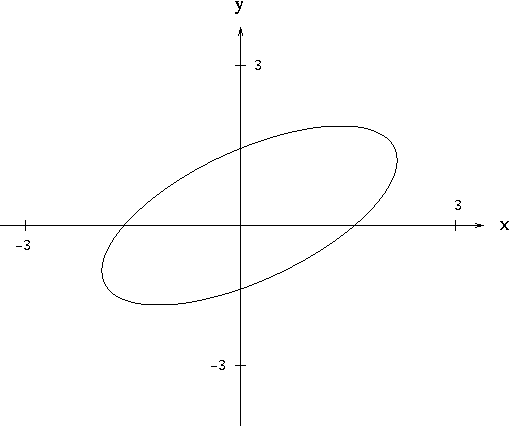



Implicit Differentiation




Consider The Differential Equation Dy Dx 1 3x Y 2 2 A A Slope Field For The Given Differential Brainly Com



The Phase Line And The Graph Of The Vector Field




Double Integrals Volume And Average Value




2 Visualizing Solutions To Odes
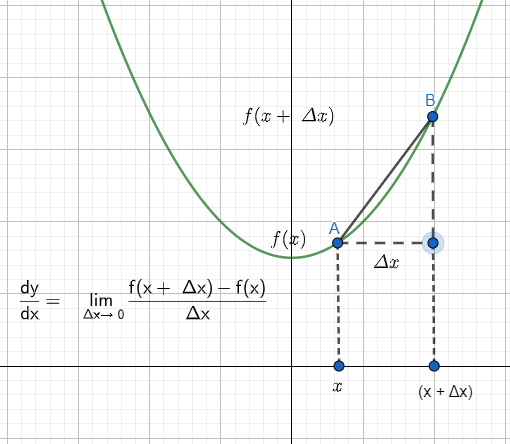



Basic Differentiation Tutorial For Igcse And A Level Maths Vivax Solutions



Q Tbn And9gcq69xqaiwgxy95 44f5sqsm2pnlgxvor Roue6xadfczqpkv4qx Usqp Cau
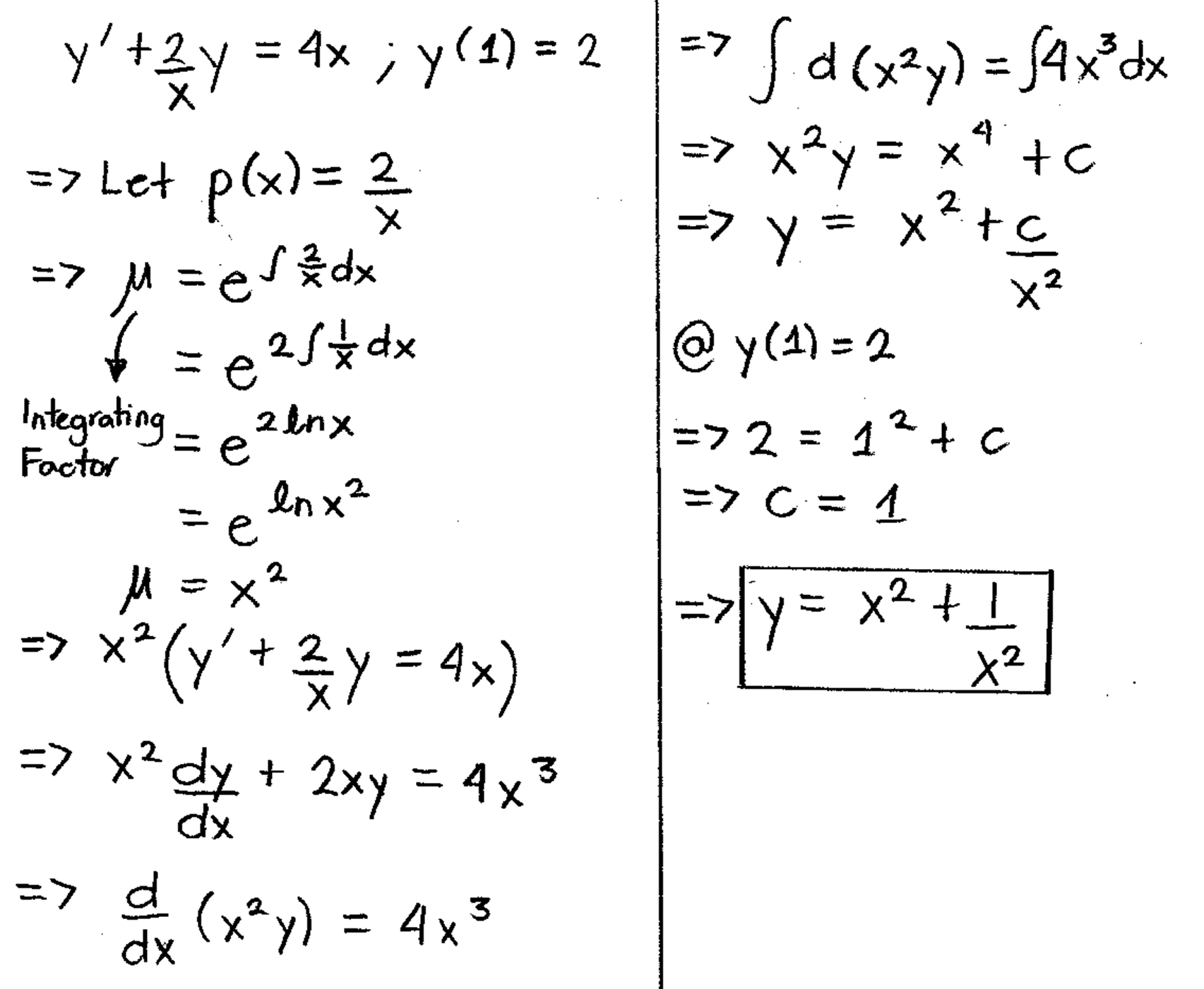



Euler S Method We May Be Used To Finding Solutions For By Pollux Rey Medium



Www Bellevernonarea Net Cms Lib Pa Centricity Domain 175 Slope Fields Ws Key Pdf
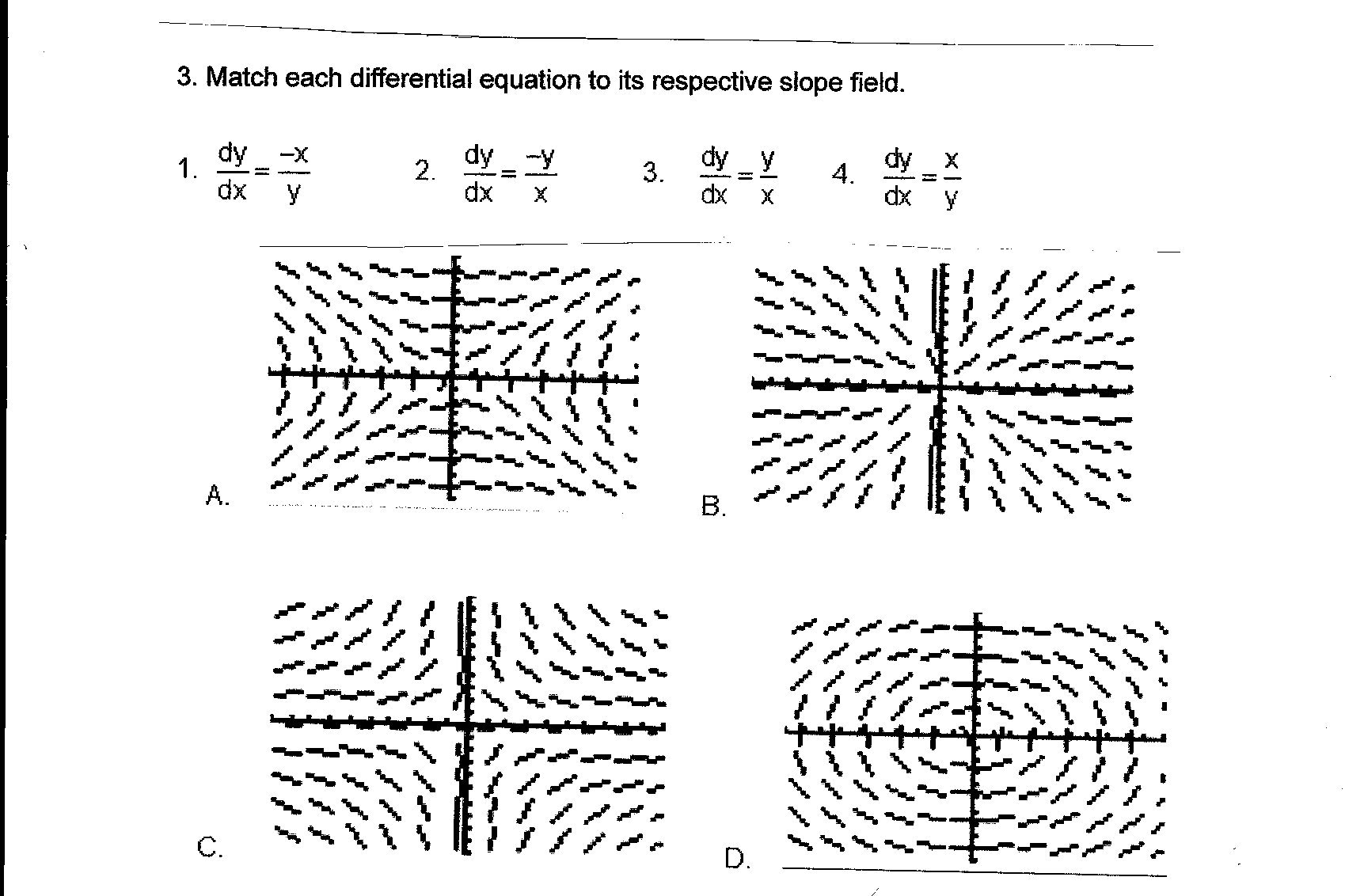



Match Each Differential Equation To Its Respective Chegg Com



How To Solve Dy Dx X Y X Y Quora



How To Graph X 2 Dy Dx Y Xy Y 1 1 Quora
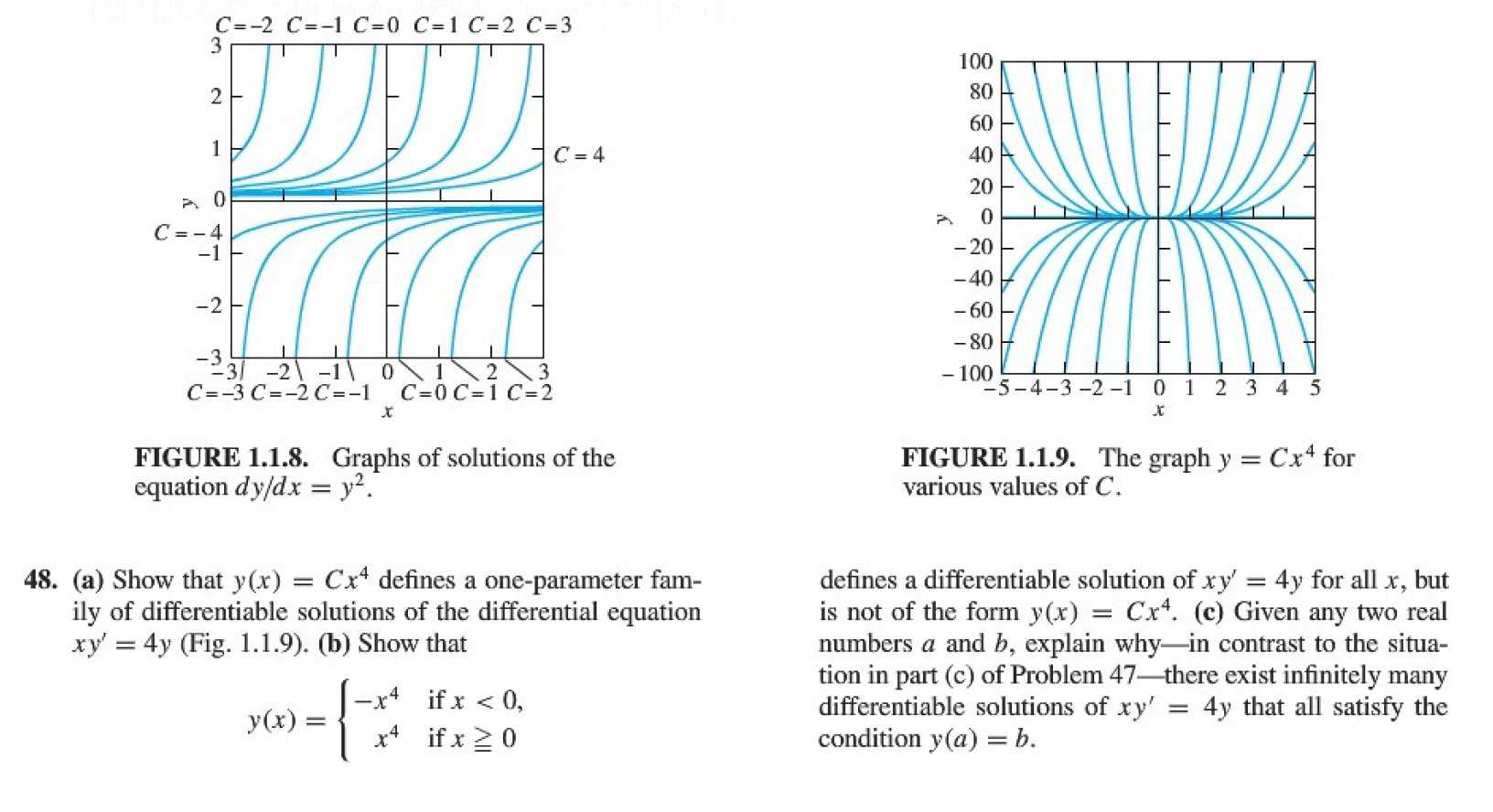



Graphs Of Solutions Of The Equation Dy Dx Y 2 Chegg Com



Slope Fields With Mathematica Exercise C 1
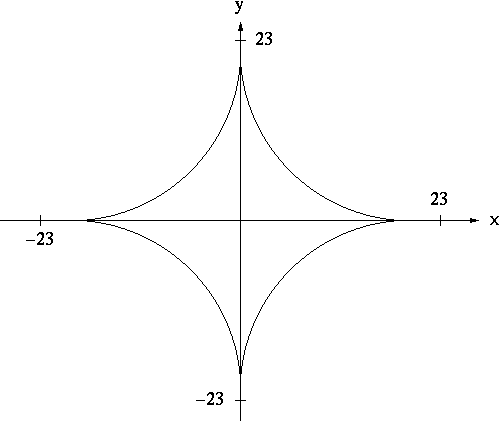



Implicit Differentiation




Homogeneous Differential Equation Dy Dx Y X Y X Youtube
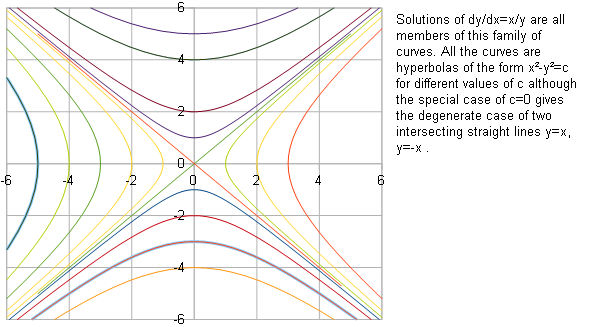



How To You Find The General Solution Of Dy Dx X Y Socratic




Dy Dx Y X Graph Novocom Top




Consider The Autonomous First Order Differential Equation Math Dy Dx Y Y 3 Math And The Initial Condition Math Y 0 Y 0 Math By Hand Sketch The Graph Of A Typical Solution Math Y X Math When Math Y 0 Math Has The



Slope Fields With Mathematica Exercise C 1



How To Solve The Differential Dy Dx 4y 1 Given Y 0 When X 4 Quora




Equation Xy Yx Wikipedia



Www scschools Org Cms Lib In Centricity Domain 319 11 2 Pdf




Graphs Of Functions Their Derivatives Study Com




Solution Of First Order Linear Differential Equations




Example Student Work Evaluating Dy Dx And Y X At A Point The Slope Of Download Scientific Diagram
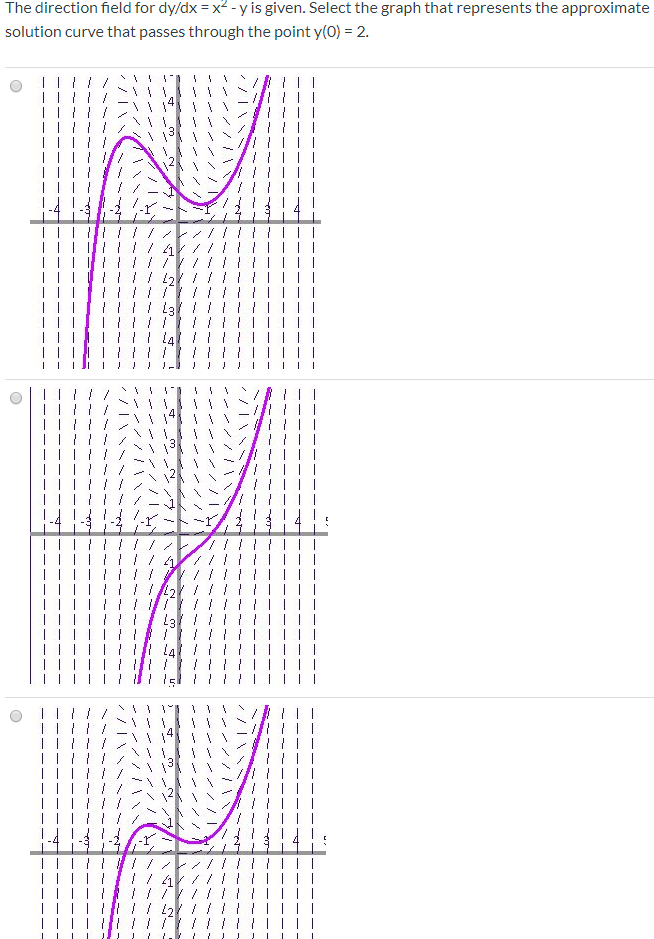



The Direction Field For Dy Dx X2 Y Is Given Select Chegg Com



3 8 Implicit Differentiation Calculus Volume 1



How To Solve The Equation Dy Dx 1 X Y X Y Quora
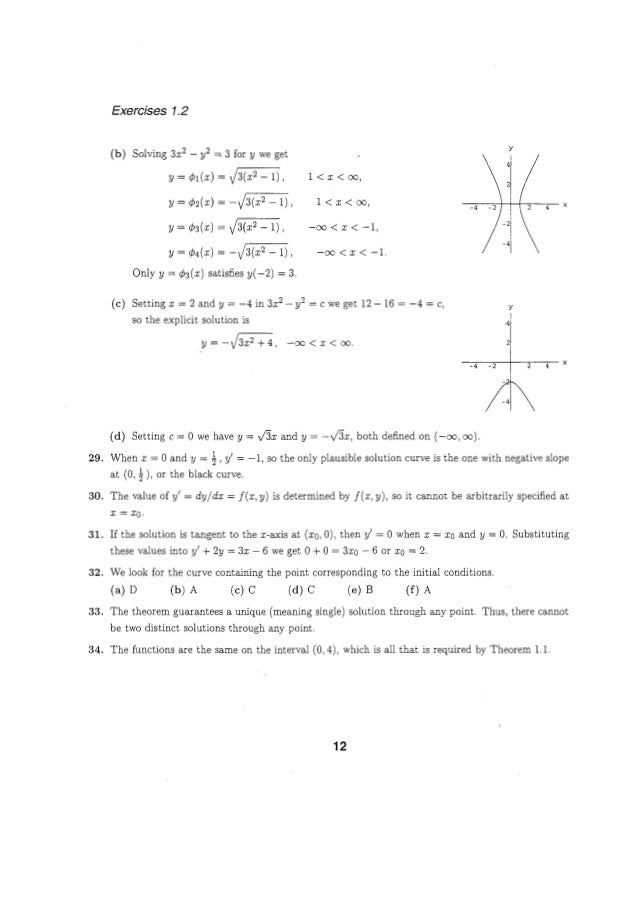



Solucionarioecuacionesdiferencialesdenniszill7aedicion P
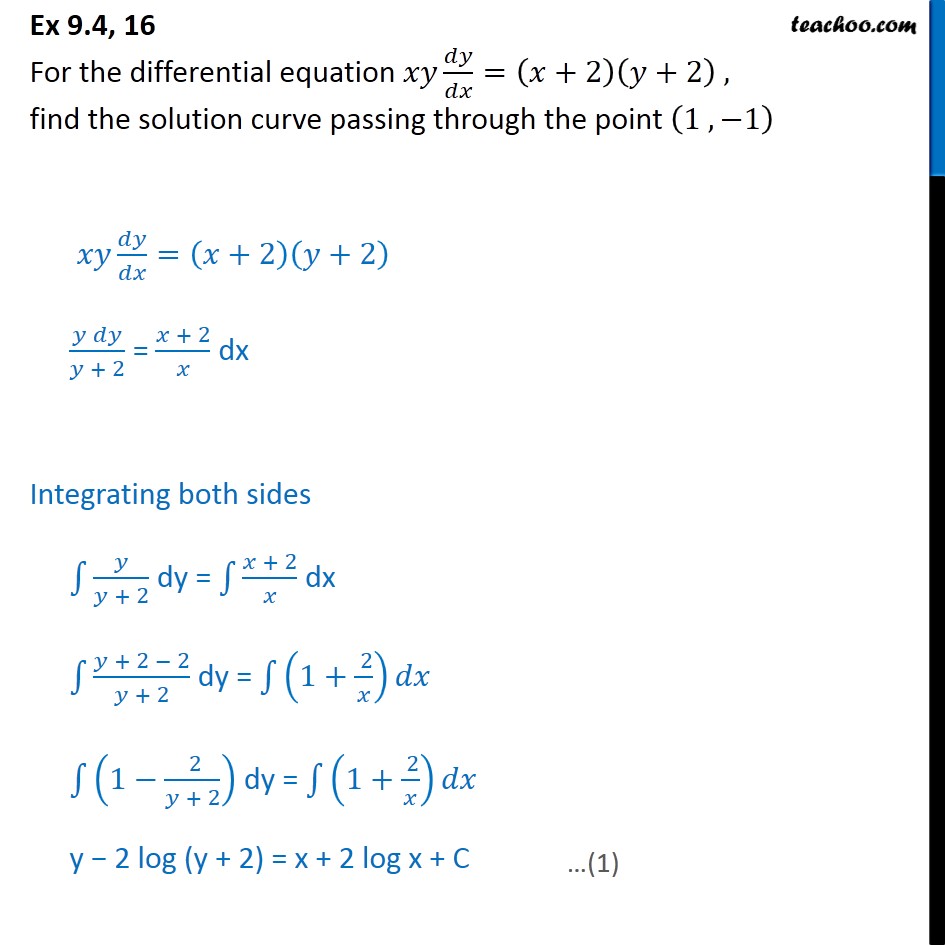



Ex 9 4 16 For Xy Dy Dx X 2 Y 2 Find Solution




Find Dy Dx For Y E X Tan X Study Com




Worked Example Range Of Solution Curve From Slope Field Video Khan Academy
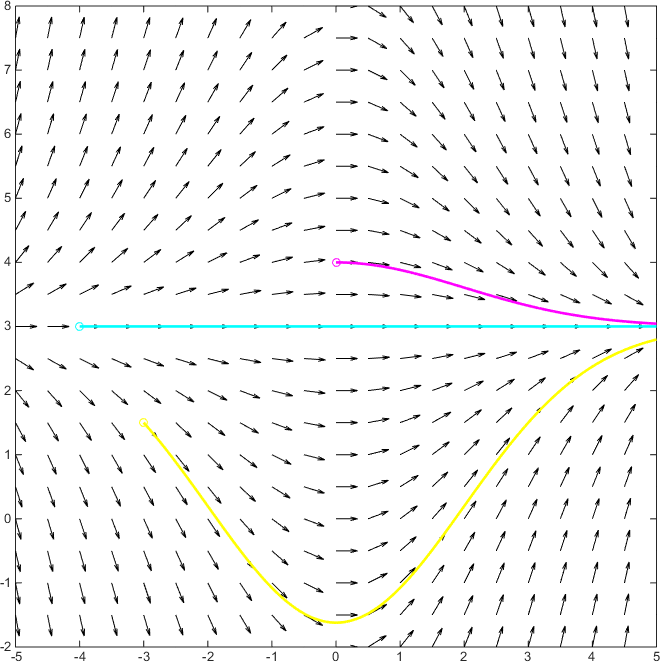



How Do You Draw The Slope Field Of The Differential Equation Dy Dx X 4 3 Y Socratic




Interpreting Slope Fields Ap Calculus Exam Review Magoosh Blog High School
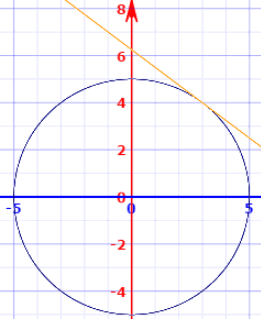



Implicit Differentiation




Differential Equations Separation Of Variables Ppt Download
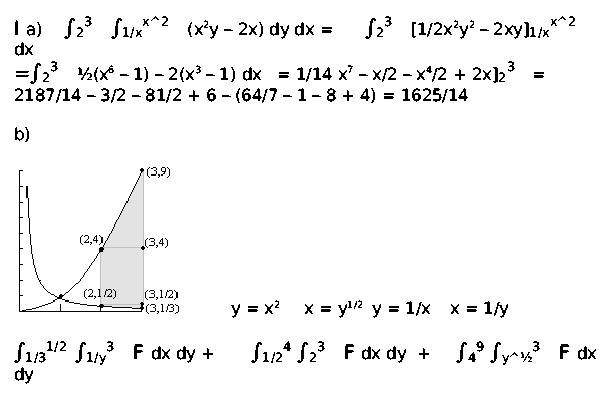



Answers To The Review Problems For The First Exam 251 05 10 In Spring 06



Secure Media Collegeboard Org Digitalservices Pdf Ap Apcentral Ap15 Calculus Ab Q4 Pdf




Worked Example Range Of Solution Curve From Slope Field Video Khan Academy



0 件のコメント:
コメントを投稿